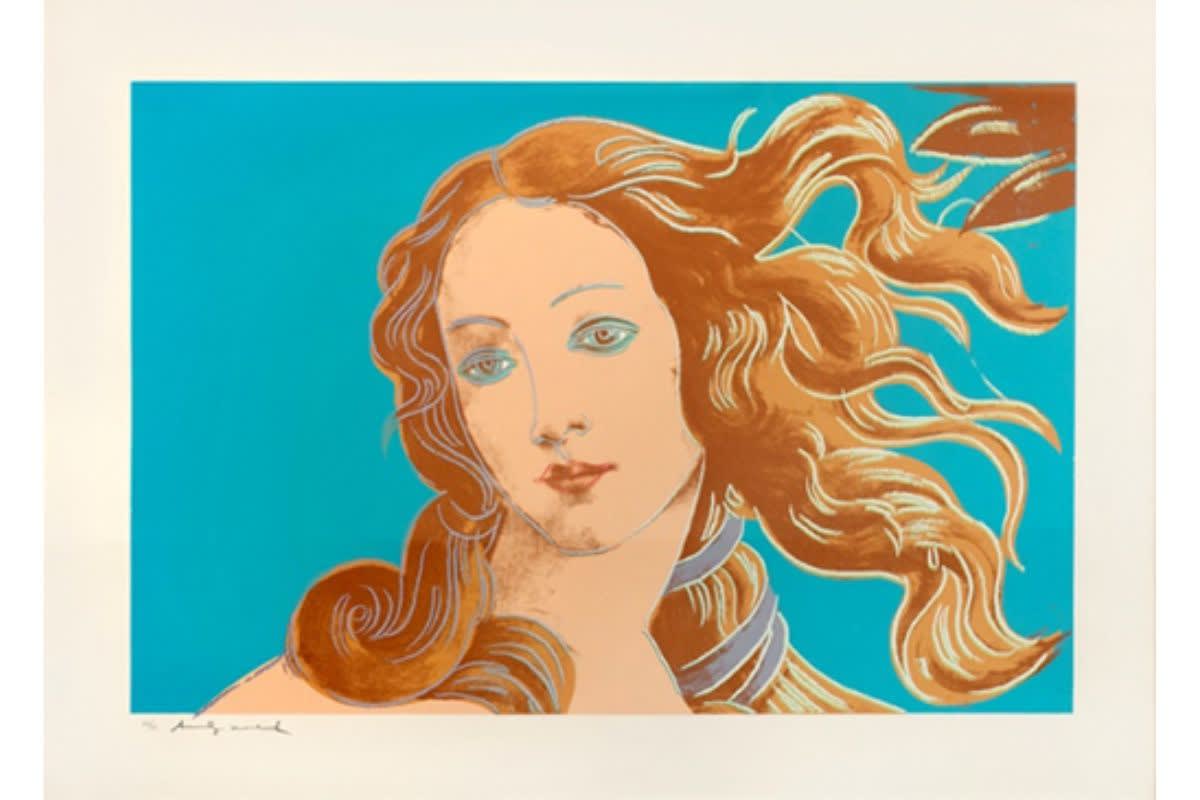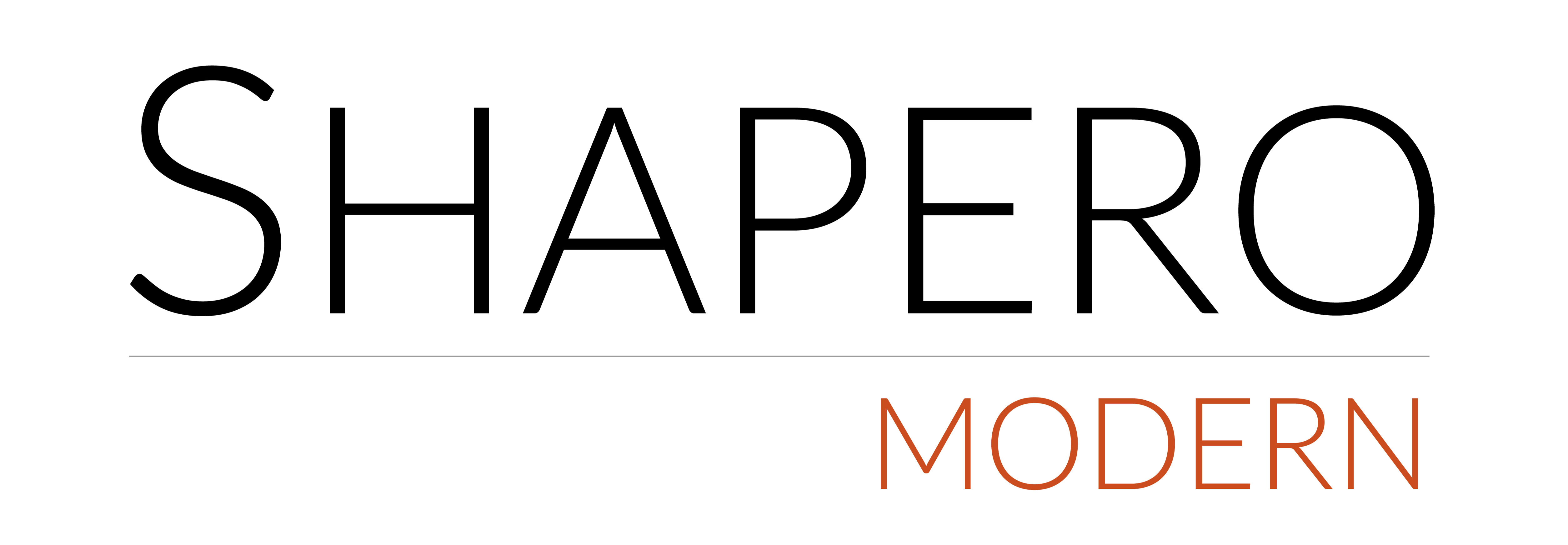 Current Exhibition | Shapero Modern
Current Exhibition | Shapero Modern
open until 24th November
The concept of the muse has always held a special place in the world of art, serving as a source of inspiration and creativity for artists throughout history. This autumn, Shapero Modern invites you to explore this timeless theme in our latest exhibition, The Modern Muse.
Featuring iconic portraits by renowned artists such as Andy Warhol, Banksy, Pablo Picasso and David Hockney, this exhibition delves into the profound impact muses have on the artistic process and how artists themselves become each other’s muses.
UNDERSTANDING THE MUSE
Traditionally seen as a source of inspiration for an artist, the muse is often personified as a figure who ignites creativity and passion. Historically, muses have been depicted in mythology and literature as goddesses who bestow artistic gifts upon mortals. In the realm of visual arts, however, the muse has evolved to represent not only individuals but also ideas, movements, and other artists who inspire new creations.
Featuring iconic portraits by renowned artists such as Andy Warhol, Banksy, Pablo Picasso and David Hockney, this exhibition delves into the profound impact muses have on the artistic process and how artists themselves become each other’s muses.
UNDERSTANDING THE MUSE
Traditionally seen as a source of inspiration for an artist, the muse is often personified as a figure who ignites creativity and passion. Historically, muses have been depicted in mythology and literature as goddesses who bestow artistic gifts upon mortals. In the realm of visual arts, however, the muse has evolved to represent not only individuals but also ideas, movements, and other artists who inspire new creations.
THE ULTIMATE MUSE
Venus has been a recurring character throughout art history, symbolising beauty, sensuality, and divine femininity. Like Titian’s Venus of Urbino and Giorgione’s Sleeping Venus, the Venus of Botticelli and Warhol, or the mortal Venuses of Perry, Manet and Banksy, artists have continually reimagined this figure, reflecting the changing attitudes and aesthetics of their times. The depiction of Venus has evolved from the idealised forms of the Renaissance to more contemporary interpretations that question and subvert traditional norms. Artists like Perry, Warhol and Banksy continue this tradition, adding new dimensions and perspectives to the timeless motif. The concept of Venus itself has continued to expand in the realm of modern and contemporary art. The goddess who once dominated the artists' mind as the ultimate muse has now been somewhat replaced by depictions of the mortal woman. Picasso for example took his multitude of mistresses as his muses, and Tracey Emin has often taken her own nude form as a muse. This is the core idea behind The Modern Muse, how an ancient idea can persevere and evolve, and how artists claim one another as their own muses to express their creative message.

Andy Warhol, Details of Renaissance Paintings: Sandro Botticelli, Birth of Venus, 1482, 1984
WARHOL AS BOTH ARTIST AND MUSE
Andy Warhol, a leading figure in the Pop Art movement, found inspiration in the works of Renaissance master Sandro Botticelli. Botticelli’s The Birth of Venus, with its depiction of classical beauty and mythological themes, captivated Warhol. He reinterpreted these themes through his unique lens, blending classical elements with modern consumer culture. Warhol’s series of screen prints Details of Renaissance Paintings (Sandro Botticelli, Birth of Venus, 1482), showcases his ability to bridge the gap between the past and the present, creating a dialogue between classical art and contemporary society.
Warhol himself has been claimed as a muse by various contemporary artists, but none as enigmatic as Banksy. The iconic street artist took three key figures to be his muses for his work Kate Moss. The titular model Kate Moss, the iconic features of Marilyn Monroe, and of course Warhol himself all have their part to play in this piece. Banksy took Warhol’s key intention in his art and made it his own: turning visual icons into artistic commodities.

Banksy, Kate Moss – Original Colour Way, 2005
ARTIST AND MUSE COMBINED
Warhol himself has been claimed as a muse by various contemporary artists, but none as enigmatic as Banksy. The iconic street artist took three key figures to be his muses for his work Kate Moss. The titular model Kate Moss, the iconic features of Marilyn Monroe, and of course Warhol himself all have their part to play in this piece. Banksy took Warhol’s key intention in his art and made it his own: turning visual icons into artistic commodities.

Banksy, Kate Moss – Original Colour Way, 2005
ARTIST AND MUSE COMBINED
Grayson Perry, known for his thought-provoking and often provocative works, draws inspiration from a variety of sources, including the art historical tradition of the reclining nude. In his piece Reclining Artist, Perry references Édouard Manet’s Olympia, a painting that itself was a modern reinterpretation of the reclining Venus motif, representing a lower-class courtesan as opposed to the Goddess of Love. Perry’s work engages with this rich history, incorporating elements of his own identity and cultural commentary. Through his alter ego, Clare, and the intricate symbolism in his etchings, Perry challenges traditional representations of gender and identity, creating a complex and layered narrative. In this work, Perry has created an image of not just his muse (his female alter-ego) but also of himself as the artist, placing another interesting spin on the concept of the artist as the muse.

Grayson Perry, Reclining Artist, 2017

Grayson Perry, Reclining Artist, 2017
The enduring power of the muse in art lies in its ability to inspire and connect artists across different eras. The Modern Muse exhibition at Shapero Modern offers a unique opportunity to witness these artistic interconnections first-hand.
By exploring the works selected for this selling exhibition, we gain insight into the rich tapestry of influences that shape contemporary art. Visit Shapero Modern between the 22nd of October and the 24th of November to experience the profound impact of the muse and the creative dialogues that continue to inspire and transform the world of art.
By exploring the works selected for this selling exhibition, we gain insight into the rich tapestry of influences that shape contemporary art. Visit Shapero Modern between the 22nd of October and the 24th of November to experience the profound impact of the muse and the creative dialogues that continue to inspire and transform the world of art.





